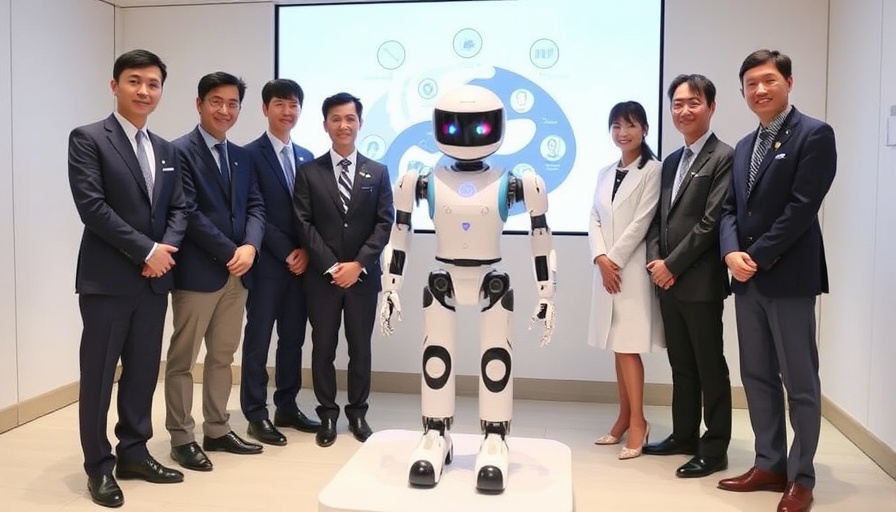
The Future of Medical Training with AI
Yonsei University Health System's recent launch of the Korea Medical Robot Center marks a substantial leap in medical training, particularly in utilizing AI-powered devices. This initiative signifies a broader dedication not just to the application of technology but also to enhancing educational frameworks for healthcare professionals. With a focus on training that extends beyond mere operational skills, healthcare providers will soon be equipped to manage complex medical robots seamlessly integrated with AI.
AI and its Role in Diabetes Management
Meanwhile, Tan Tock Seng Hospital's innovative CARB-CGM app exemplifies how AI is transforming diabetes care. By combining AI technology with continuous glucose monitoring, this app offers healthcare professionals and patients personalized insights—allowing for better insulin management. Such advancements are not merely technological feats; they represent a shift towards a more patient-centered approach in diabetes care, which alleviates the burden of daily monitoring.
Expanding Healthcare’s Technological Framework Globally
Connecting the dots between local innovations and global trends, the integration of generative AI at Rumah Sakit Umum Daerah Umar Wirahadikusumah in Indonesia showcases a commitment to modernizing healthcare. As medical science evolves rapidly, equipping healthcare professionals with up-to-date resources is crucial for delivering quality patient care. Through platforms that access global medical research, doctors can make informed decisions that directly impact patient outcomes.
Implications for Healthcare Professionals
The introduction of sophisticated tools such as the CARB-CGM app and enhancements in training centers signifies a growing recognition of the importance of equipping healthcare providers with effective tools. For healthcare IT professionals and administrators, understanding the capabilities of such technologies is foundational for integrating them into everyday practice. The knowledge and skills gained through these advances will help improve patient outcomes and streamline workflows across healthcare settings.
Making Sense of AI-Driven Innovations in Healthcare
As healthcare continues to innovate, understanding the implications of AI-driven solutions becomes imperative. For professionals in the field, these technological advancements offer not just tools but opportunities for enhanced patient engagement and care delivery. With continued investment in training and technology, the future of healthcare looks promising, paving the way for a more efficient and effective system.
 Add Row
Add Row  Add
Add 




Write A Comment